
A keto or ketogenic diet is a low-carb, moderate protein, higher-fat diet that can help you burn fat more effectively. It has many benefits for weight loss, health, and performance, as shown in over 50 studies.
That’s why it’s recommended by so many doctors.
A keto diet can be especially useful for losing excess body fat without hunger and for improving type 2 diabetes.
Here, you’ll learn how to eat a keto diet based on real foods. Get started with our visual guides, recipes, meal plans, and simple 2-week Get Started program. It’s everything you need to succeed on keto.
1. What is a keto diet?
The keto diet is a very low-carb, higher-fat diet. It’s similar in many ways to other low-carb diets.
While you eat far fewer carbohydrates on a keto diet, you maintain moderate protein consumption and may increase your intake of fat. The reduction in carb intake puts your body in a metabolic state called ketosis, where fat, from your diet and from your body, is burned for energy.
What “keto” means

A “keto” or “ketogenic” diet is so named because it causes your body to produce small fuel molecules called “ketones.”
This is an alternative fuel source for your body that can be used when blood sugar (glucose) is in short supply.
When you eat very few carbs or very few calories, your liver produces ketones from fat. These ketones then serve as a fuel source throughout the body, especially for the brain.
The brain is a hungry organ that consumes lots of energy every day, and it can’t run on fat directly. It can only run on glucose – or ketones.On a ketogenic diet, your entire body switches its fuel supply to run mostly on fat, burning fat 24-7. When insulin levels drop very low, fat burning can increase dramatically. It becomes easier to access your fat stores to burn them off.
This is great if you’re trying to lose weight, but there can also be other benefits, such as less hunger and a steady supply of energy — without the sugar peaks and valleys that often occur when eating high-carb meals. This may help keep you alert and focused.
When the body produces ketones, it enters a metabolic state called ketosis. The fastest way to get there is by fasting – not eating anything – but nobody can consistently fast forever.
A keto diet, on the other hand, also results in ketosis and can be eaten indefinitely. It has many of the benefits of fasting – including weight loss – without having to fast long term.
2. What to eat on a keto diet
Here are typical foods to enjoy on a ketogenic diet. The numbers are net carbs per 100 grams (3.5 ounces) of food.
To remain in ketosis, lower is generally better:
What’s the most important thing to do to reach ketosis? Avoid eating too many carbs. You’ll likely need to keep carb intake under 50 grams of net carbs per day, ideally below 20 grams.
The fewer the carbs, the more effective the diet appears to be for reaching ketosis, losing weight or improving type 2 diabetes.
Counting carbs can be helpful at first. But if you stick to our recommended foods and recipes you can stay keto even without counting.
Try to avoid
Here’s what you should avoid on a keto diet – foods containing a lot of carbs, both the sugary and the starchy kind. This includes starchy foods like bread, pasta, rice and potatoes. These foods are very high in carbs.
The numbers are grams of net carbs per 100 grams (3.5 ounces), unless otherwise noted.
Also avoid or limit highly processed foods and instead follow our whole foods keto diet advice.
You should also avoid low-fat diet products. A keto diet should be moderately high in protein and will probably be higher in fat, since fat provides the energy you’re no longer getting from carbohydrate. Low-fat products usually provide too many carbs and not enough protein and fat.
What to drink
What can you drink on a ketogenic diet? Water is the perfect drink, and coffee or tea are fine too. Ideally, use no sweeteners, especially sugar.
A splash of milk or cream in your coffee or tea is OK, but beware that the carbs can add up if you drink multiple cups in a day (and definitely avoid caffe lattes!). The occasional glass of wine is fine too.
Visual keto diet guides
For more on specific topics – like what fruits or nuts to eat on a ketogenic diet – check out our popular visual guides:
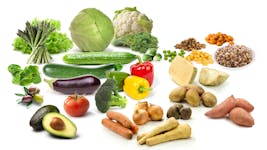 Vegetables
Vegetables  Fruits
Fruits 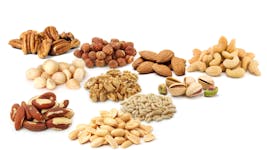 Nuts
Nuts  Snacks
Snacks  Alcohol
Alcohol 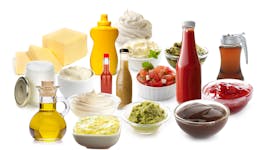 Fats & sauces
Fats & sauces 
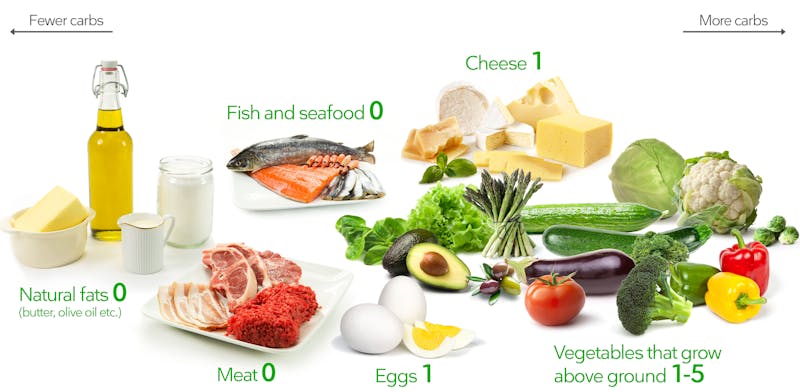
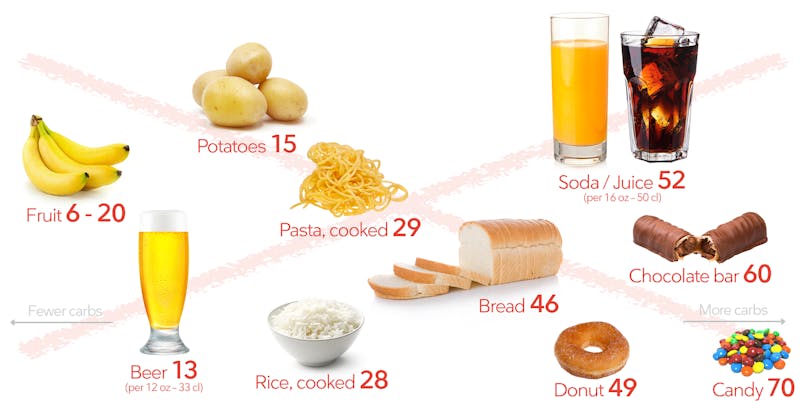

 Drinks
Drinks 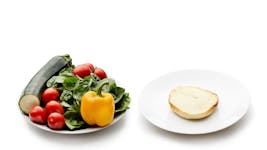 carbs
carbs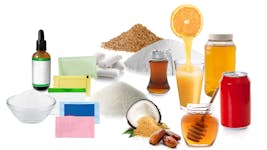 Sweeteners
Sweeteners
No comments:
Post a Comment